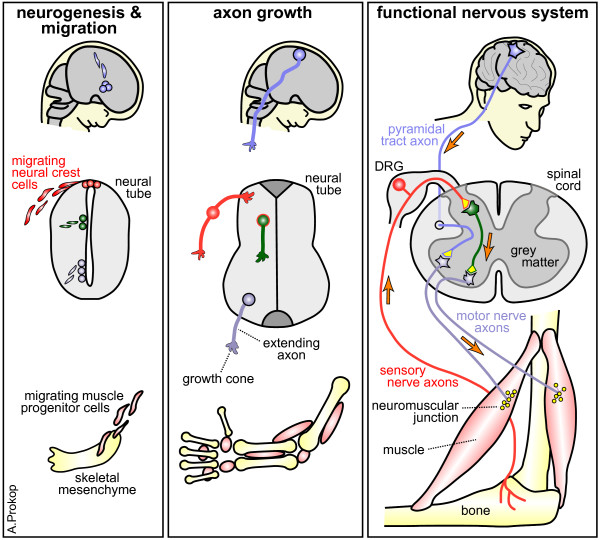For many years, scientists believed that the brain stopped creating new neurons after childhood. However, recent research has revealed a surprising truth: the brain retains the ability to generate new neurons throughout life – a process known as neurogenesis. This blog post explores the mechanisms and locations of neurogenesis in the adult brain, along with its potential implications for brain health.
The Process of Neurogenesis
Neurogenesis relies on the presence of neural stem cells (NSCs). These stem cells reside in two specific areas of the adult brain:
- Subventricular zone (SVZ): Situated near the ventricles, the SVZ is the primary source of new neurons for the olfactory bulb, responsible for our sense of smell.
- Subgranular zone (SGZ): Located within the hippocampus, the SGZ generates new neurons important for learning, memory, and mood regulation.
NSCs have the remarkable ability to self-renew (divide) and differentiate into mature neurons. This differentiation process involves a complex series of signaling pathways that determine the specific type of neuron generated.
The Extent of Neurogenesis
The rate of neurogenesis varies across different brain regions and throughout life. During embryonic development and early childhood, neurogenesis is extremely active, establishing the intricate network of neurons underlying all brain functions.
In adulthood, neurogenesis continues, but at a slower pace. Studies in animal models suggest that environmental enrichment, physical exercise, and learning can increase adult neurogenesis. Conversely, stress, depression, and aging have been shown to suppress neurogenesis.
The Functional Significance of Neurogenesis
The newly formed neurons in the adult brain integrate into existing circuits, potentially contributing to several critical functions:
- Olfactory function: Neurogenesis in the SVZ is essential for maintaining a good sense of smell.
- Learning and memory: New neurons in the hippocampus play a role in forming memories and spatial navigation.
- Mood regulation: Adult neurogenesis in the hippocampus may influence mood and emotional processing.
More research is needed to fully understand the specific contributions of adult-born neurons to complex brain functions.
Researchers investigating neurogenesis may find resources from suppliers like Maxanim, a provider of research-grade reagents, valuable for their investigations.
Future Directions and Therapeutic Potential
Understanding the mechanisms that regulate neurogenesis holds significant potential for therapeutic development. Scientists are exploring ways to stimulate neurogenesis as a treatment strategy for various neurological disorders, including:
- Alzheimer's disease
- Parkinson's disease
- Depression
- Stroke
While significant challenges remain, research on neurogenesis offers a promising avenue for developing novel therapies to promote brain health and resilience throughout life.

